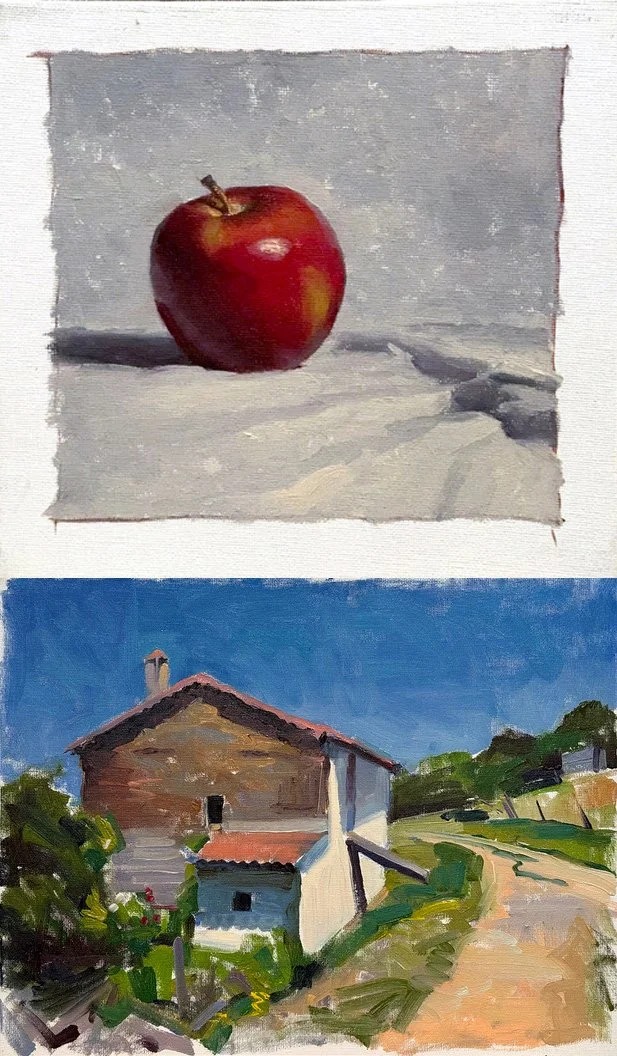Boost to your brand by enhancing your customer base, expanding your outreach, and increasing your influence. We believe in keeping the creative process enjoyable, and that's why we bring cookies to meetings.
Featured articles
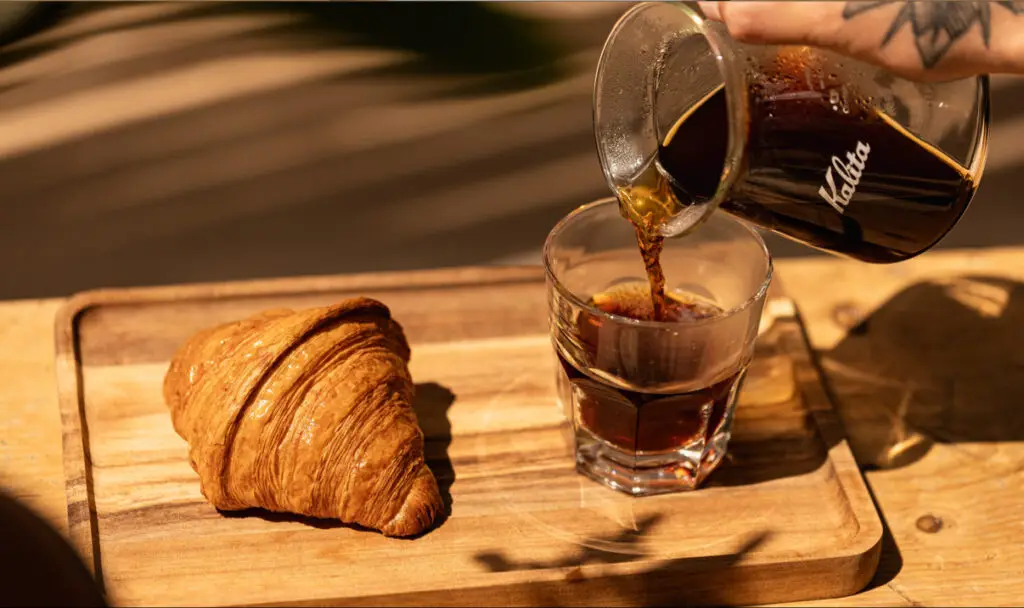
Food & Drink
Creators of Stella Jean’s & Pop P...
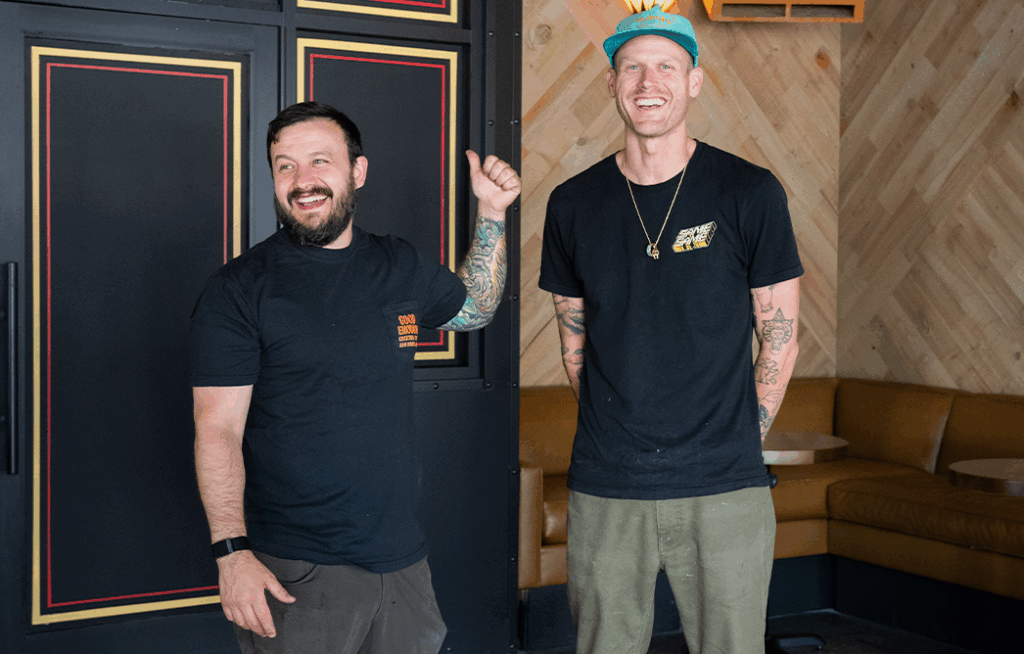
Food & Drink
Team Behind Same Same Opening New C...
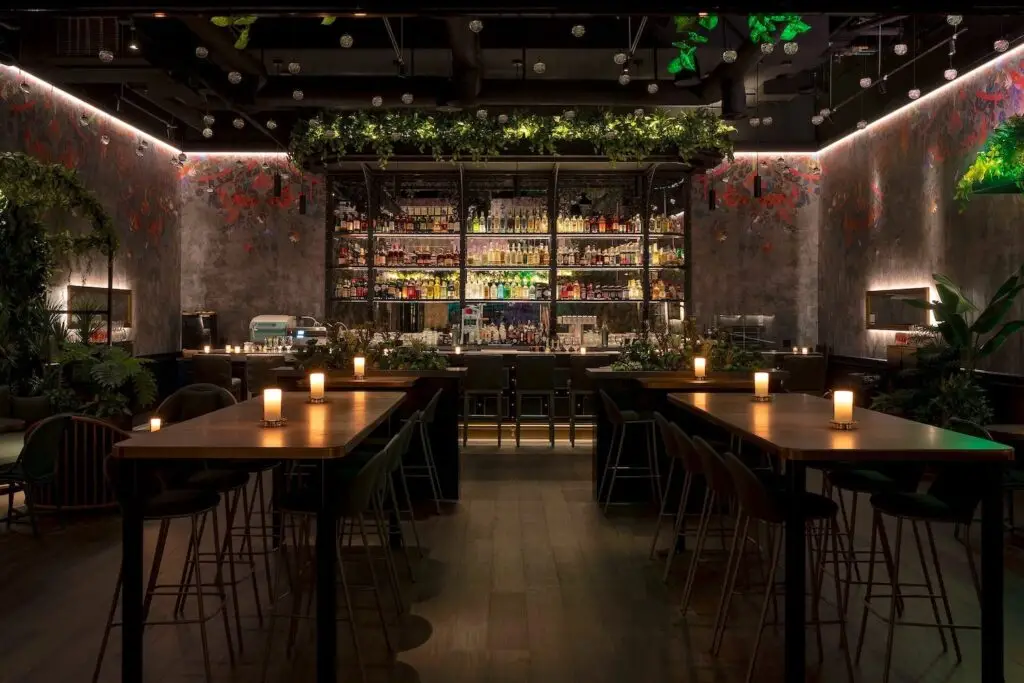
Food & Drink
Despite Massive Acclaim, James Bear...
Featured articles
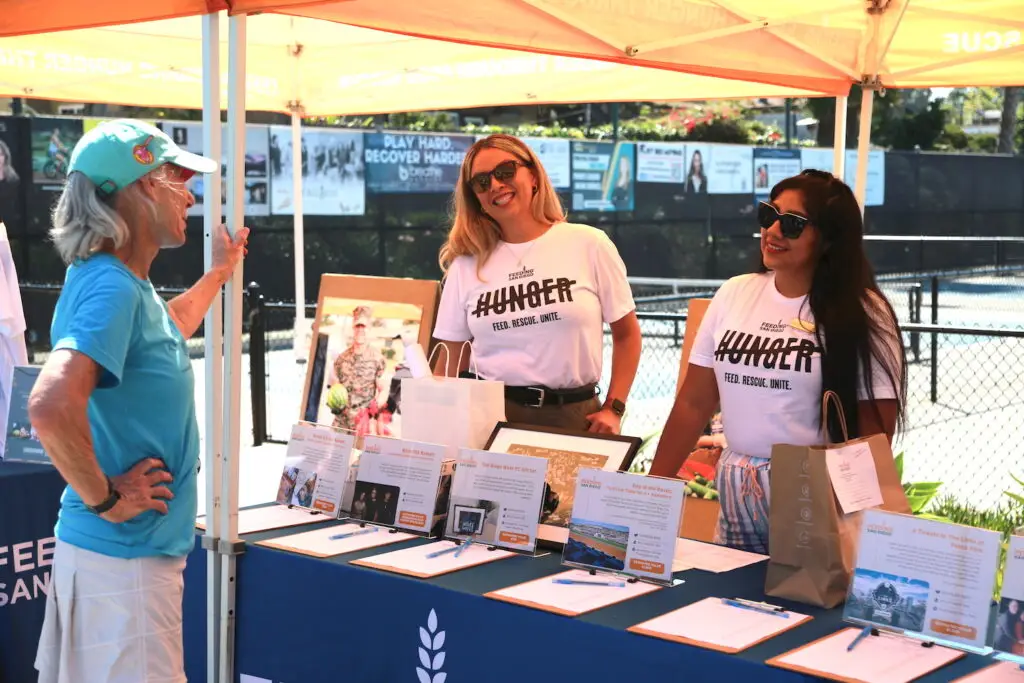
Everything SD
17 San Diego Nonprofit Events to At...
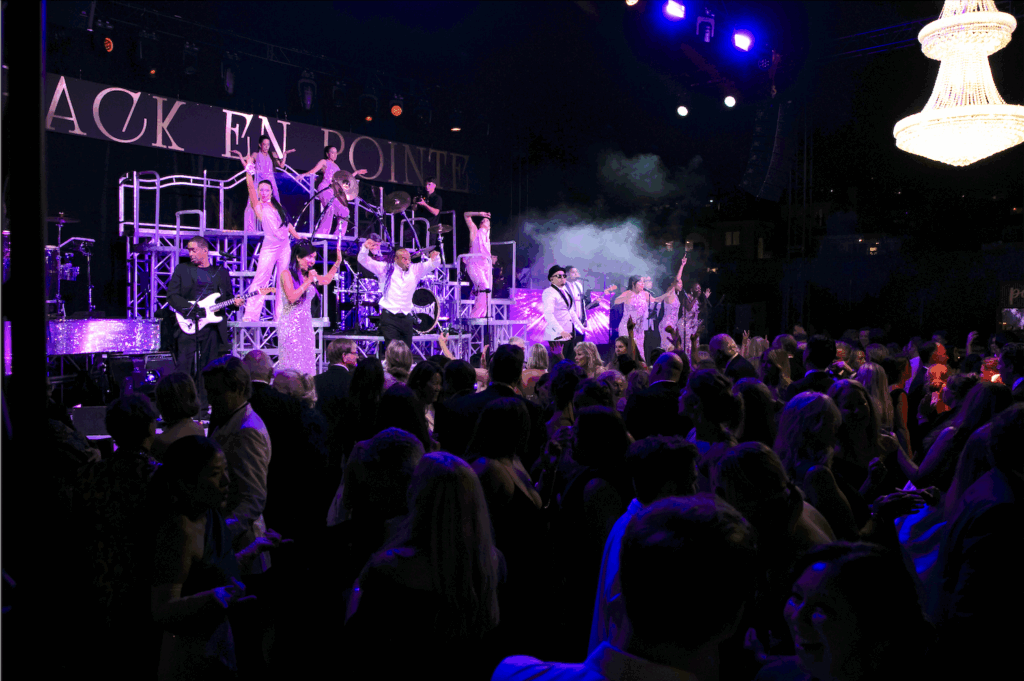
Everything SD
Photos: Las Patronas’ 79th Annual...

Things to Do
15 Things to Do in San Diego This W...
Featured articles

Everything SD
17 San Diego Nonprofit Events to At...

Things to Do
15 Things to Do in San Diego This W...
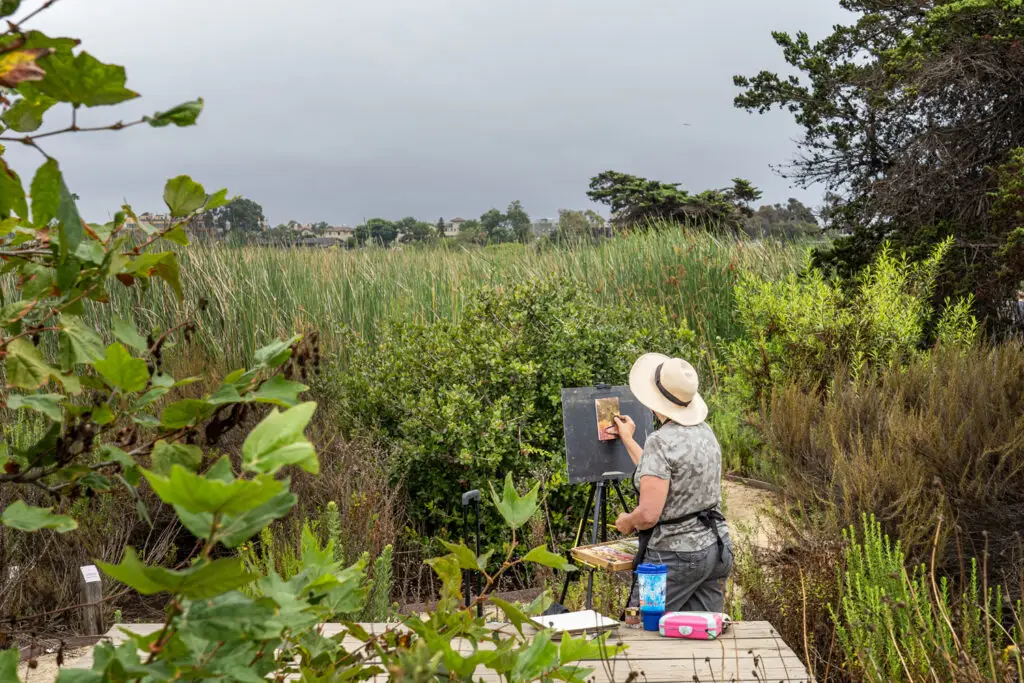
Things to Do
The Best Things to Do in San Diego:...
Featured articles

podcast-ep
Kindred’s Kory Stetina on His Nex...
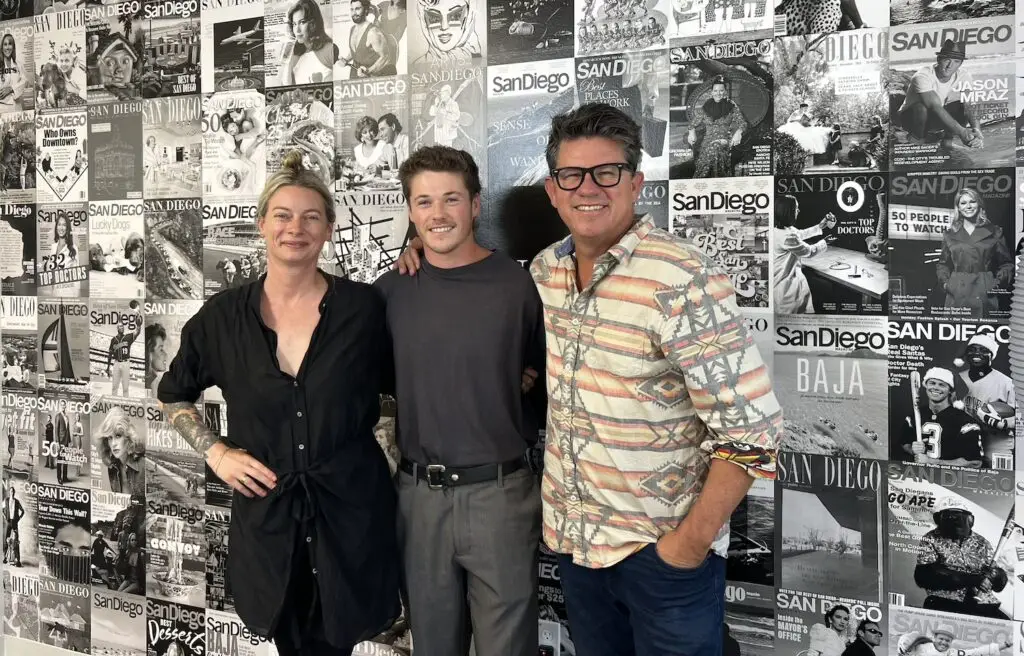
podcast-ep
The Story of San Diego’s Young Ri...
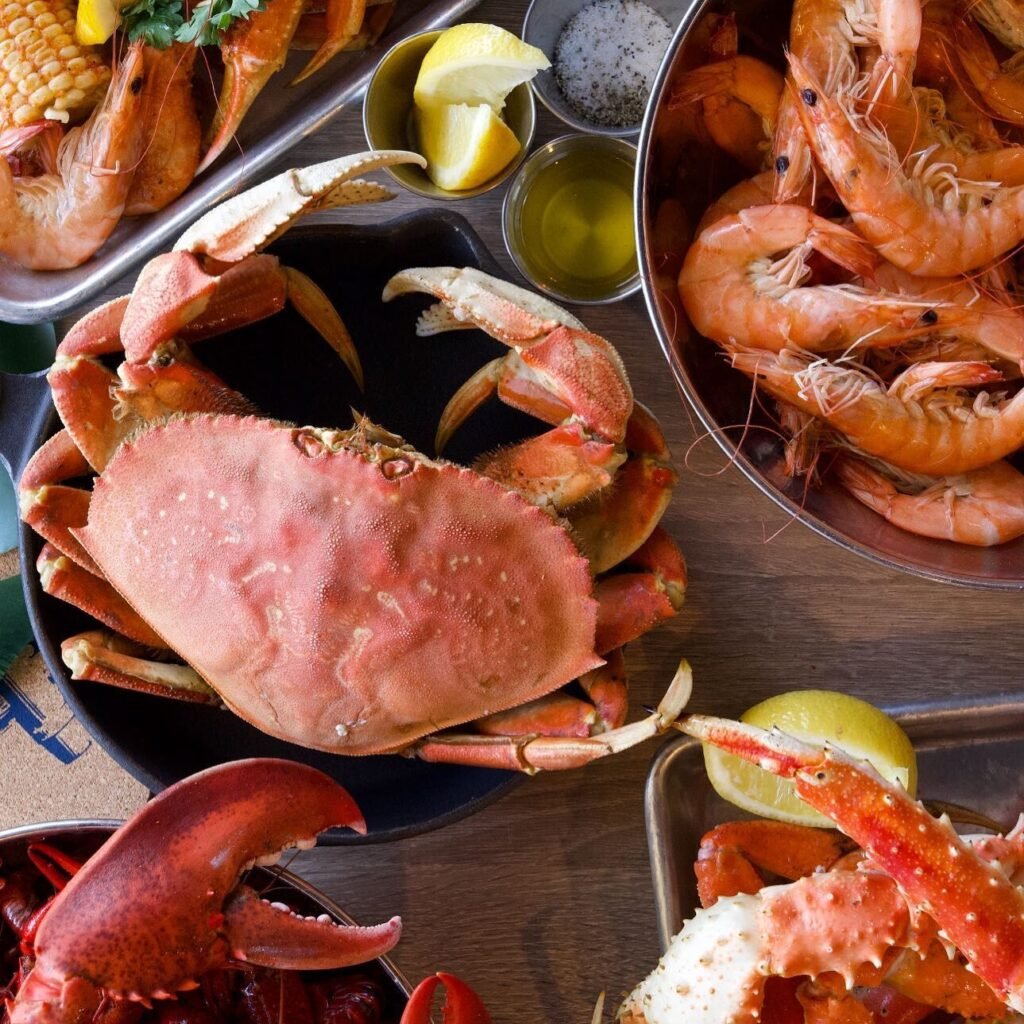
Food & Drink
Eat With Your Hands
Featured articles

Features
Editor's Note, September 2025: Big ...

Things to Do
The Best Things to Do in San Diego:...
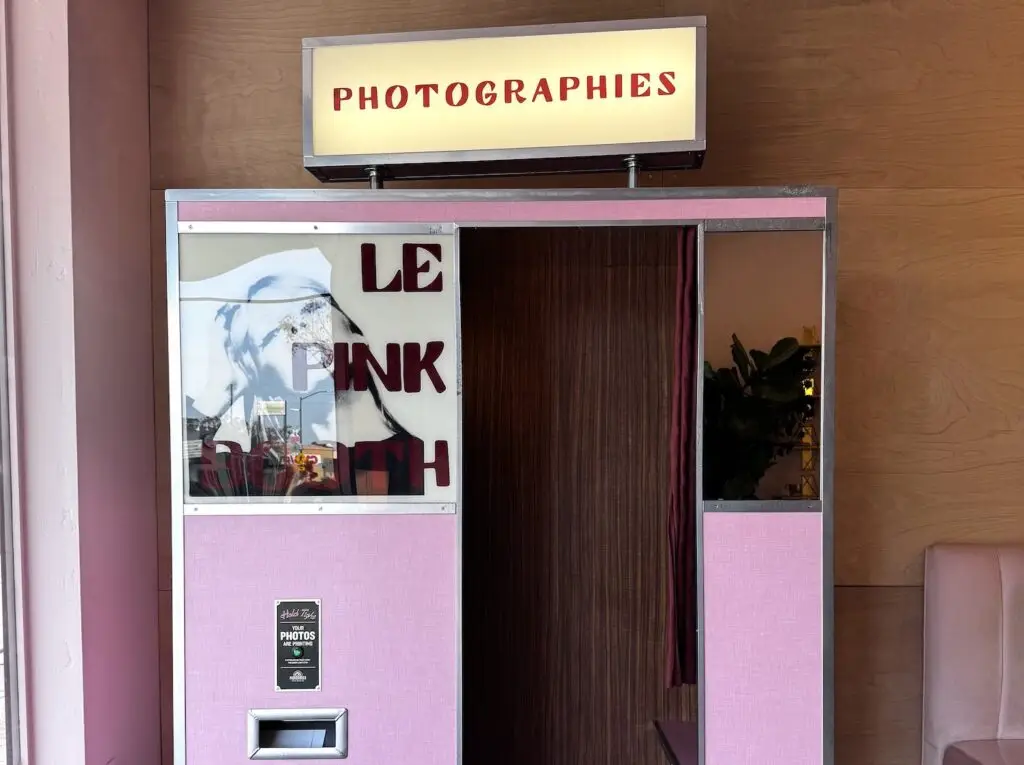
Features
6 Vintage-Style Photo Booths to Vis...
Ready to know more about San Diego?
SubscribeReady to know more about San Diego?


